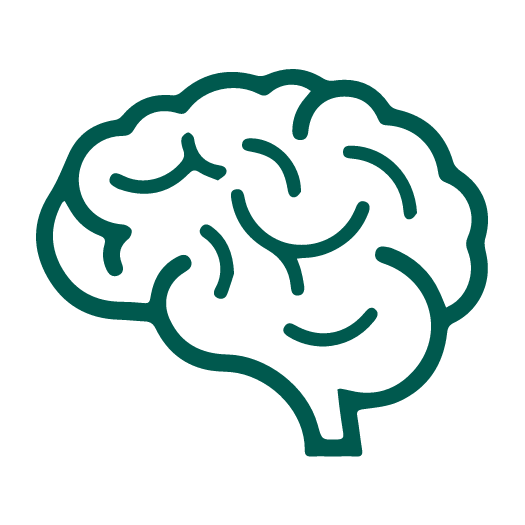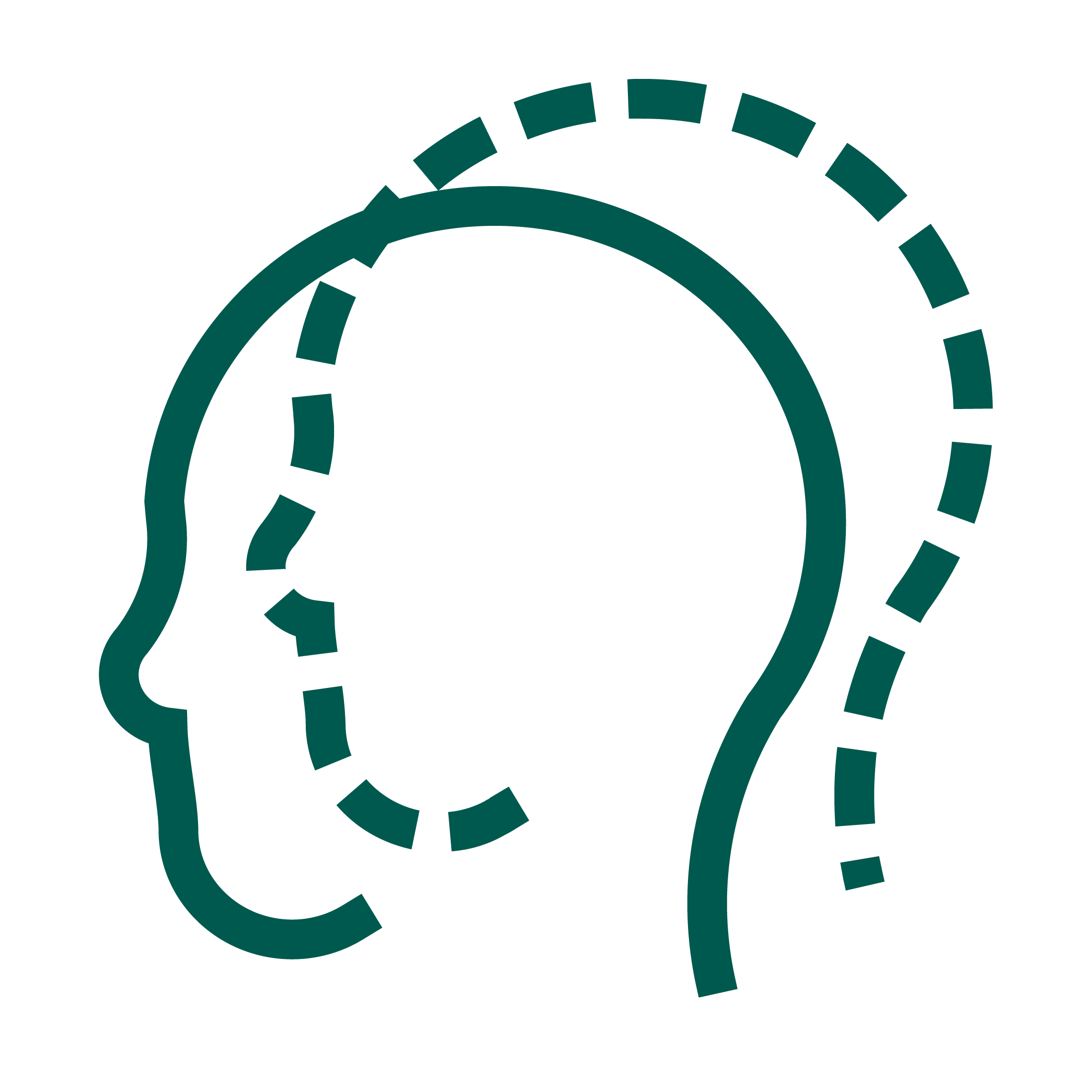Neuroplasticity and Healing
Whatever trauma you’ve endured as a survivor, healing is possible due to your brain’s incredible ability to adapt and create…
Saprea Support Groups > Group Materials >Introducing Mindfulness
Progressive muscle relaxation (PMR) is based on the practice of intentionally contracting and relaxing the different muscle groups of the body. Not only does this exercise help reduce stress, anxiety, and muscle tension, but it can help draw your attention to the different parts of your body and all the ways it serves you.
So let’s begin.


